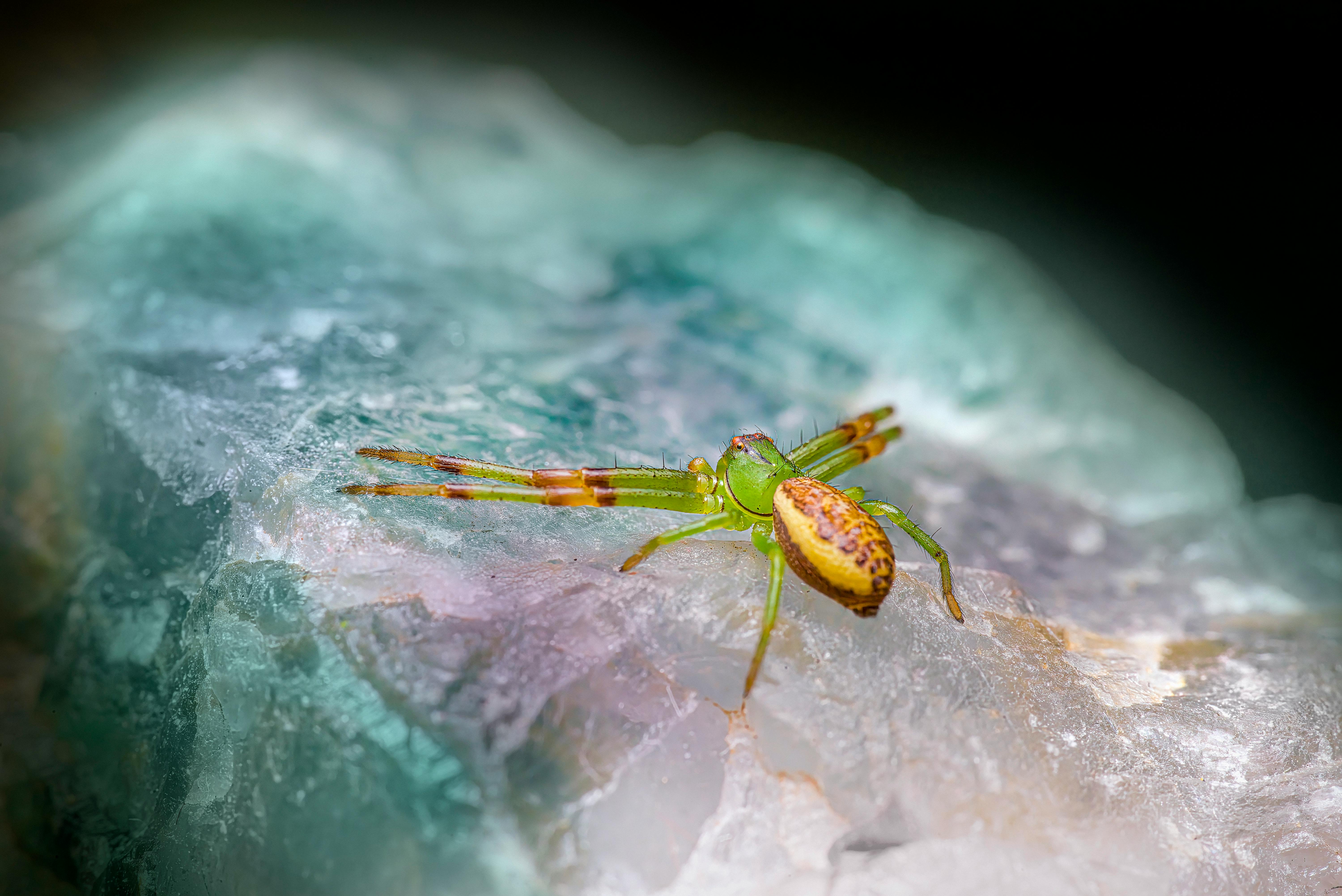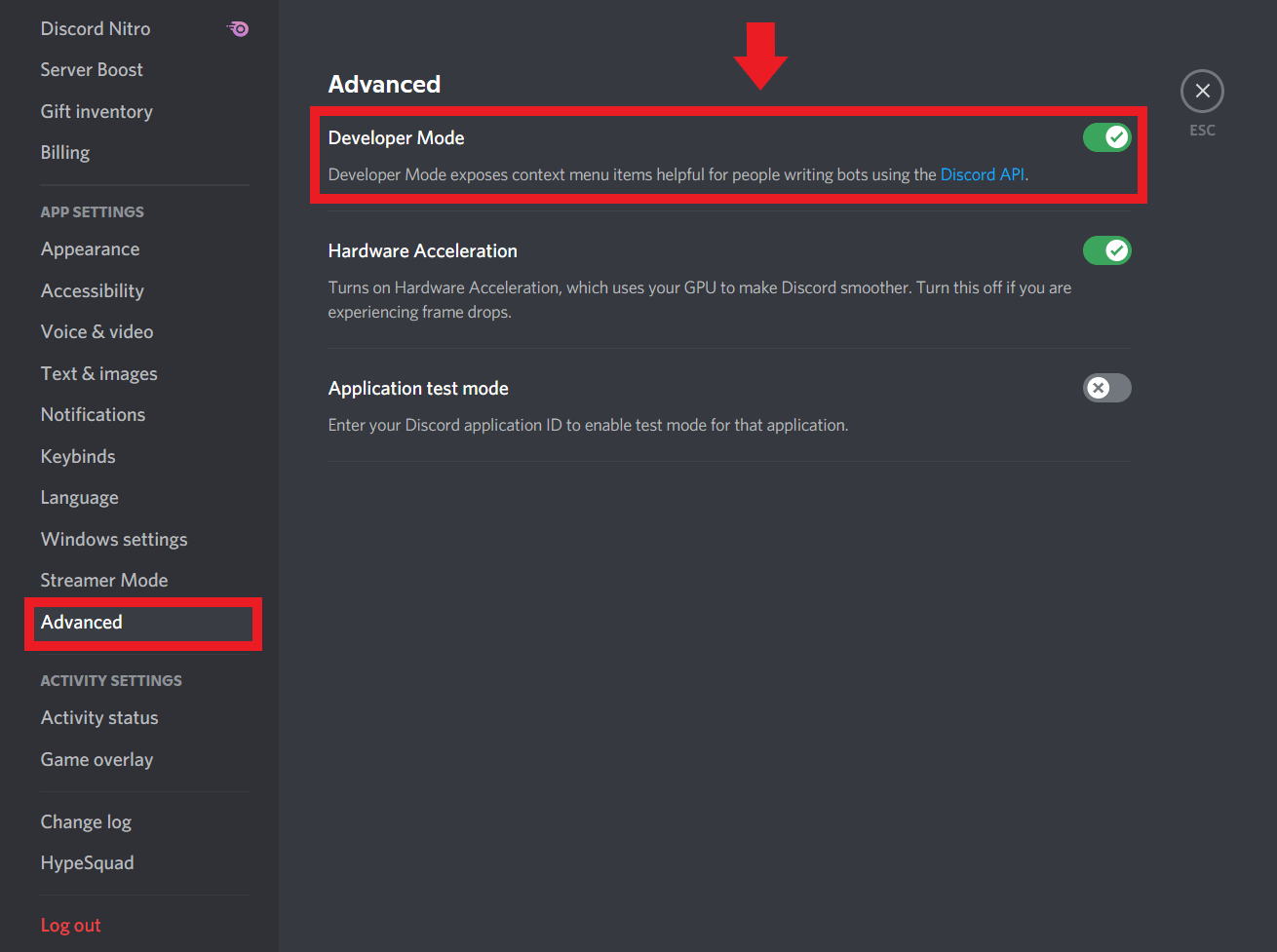How to Smartly Handle a Spider Bite: Practical Ways to Draw out Poison in 2025

How to Effectively Draw Poison Out of a Spider Bite: Essential Steps to Follow in 2025
Experiencing a spider bite can be alarming, especially when considering the potential complications that can arise from spider venom. Knowing how to handle the situation is vital for your health and peace of mind. This article focuses on the essential steps to effectively draw out poison from a spider bite, outlining the symptoms, home remedies, and treatment methods you can use while keeping safety as a priority. Each section will empower you with the knowledge needed to address a spider bite appropriately.
First and foremost, understanding spider bite symptoms, including swelling, redness, and pain, will help you recognize the seriousness of the bite. It is crucial to implement first aid measures early on. Additionally, we will explore effective methods for poison extraction—including the use of suction devices and home remedies—and how to ensure your safety while dealing with a spider bite aftermath.
Let’s navigate through essential care practices that encompass prevention and treatment, offering key advice and methods for both adults and children. By the end of this guide, you will know how to alleviate spider bite pain effectively and recognize when it’s time to seek professional medical help.
Essential First Aid Spider Bite Practices
Recognizing Spider Bite Symptoms
Identifying the initial symptoms of a spider bite is crucial. Common signs include immediate pain at the bite site, redness, and swelling. You may also observe other symptoms such as rash, blistering, or, in severe cases, systemic reactions like fever or shortness of breath. Understanding these symptoms helps in the early management of the bite.
To ensure effective monitoring, pay attention to evolving symptoms. Minor reactions can often be treated at home, but severe symptoms often indicate the need for medical attention.
Cleaning the Bite Site
Proper sanitation plays a vital role in preventing infection from spider bites. Start by gently washing the affected area with soap and water. Avoid scrubbing too vigorously, as this can aggravate irritation and lead to further discomfort.
After cleaning, gently pat the area dry with a clean towel. Applying an antiseptic can provide an additional layer of protection against infection.
Applying Ice to Alleviate Pain and Swelling
Immediately applying ice can significantly reduce swelling and numb the pain. Wrap ice in a cloth or use a cold pack and apply it to the affected area for 10-15 minutes at a time. This method helps constrict blood vessels, reducing blood flow to the area, which can alleviate symptoms. Remember to check your skin regularly to avoid frostbite.
Using Over-the-Counter Pain Relief
Non-prescription medications, such as ibuprofen or acetaminophen, can help manage pain and inflammation associated with spider bites. Always follow the recommended dosage on the packaging to ensure safety, particularly when administering medications to children.
For an added advantage, consider combining medications with natural anti-inflammatories, such as essential oils, to enhance relief.
When to Seek Medical Help
If you notice severe symptoms such as significant swelling or redness spreading, difficulty breathing, or signs of infection (like pus), it's crucial to seek immediate medical assistance. Knowing these thresholds can prevent potentially serious complications from untreated spider bites.
Effective Poison Extraction Methods
Understanding Venom Removal Options
Once you've assessed the symptoms and applied initial care, the next step is exploring effective methods for venom removal. Traditional suction devices are often promoted for extracting venom; however, studies indicate they may not significantly reduce the amount of venom present.
How to Use Suction Devices
If you opt to use a suction device, ensure it adheres tightly to the skin. Follow the manufacturer's instructions carefully, as improper use can lead to further complications. Refrain from attempting to cut the bite site or apply pressure, as this can cause increased tension and worsening pain.
Home Remedies for Spider Venom
Natural remedies can be beneficial in managing symptoms and potentially aiding poison extraction. For example, applying a paste of baking soda and water can soothe irritation and help draw out venom due to its alkaline nature. Additionally, aloe vera gel is renowned for its soothing properties and may also aid in calming the affected area.
Compressing the Affected Area
After applying cooling agents and cleaning the site, using a compression bandage can help with swelling. Ensure that the bandage isn't too tight to impede circulation. Instead, it should be snug enough to provide support while allowing for some movement.
Monitoring and Aftercare
Post-treatment, keep an eye on the bite area. Note any changes in symptoms or emergence of new ones. Regular monitoring will aid you in recognizing complications early, such as allergic reactions or infections.
Natural Ways to Prevent Infection from Spider Bites
Understanding Spider Bite Severity
Infection can escalate the issues caused by spider bites significantly. Understanding the severity of the bite based on the spider species involved is paramount. For instance, black widow or brown recluse bites require prompt medical intervention due to the toxic nature of their venom.
Home Care for Bites
Simple home care strategies can be effective in preventing infection. Keeping the area dry and applying topical antibiotics can reduce the risk of bacterial growth. Remember to change bandages regularly and monitor for any signs of worsening conditions.
Recognizing When Not to Treat at Home
While many spider bite cases can be handled at home, knowing when to seek professional help is crucial. Severe reactions, like those from venomous spiders, necessitate immediate medical attention. Stay informed about local venomous species, as their bites can progress quickly.
Pediatric Spider Bite Care
When it comes to children, spider bites can be particularly concerning. Ensure that youngsters are taught how to avoid encounters with spiders and the importance of reporting any bites to adults. If a child is bitten, apply the same cleaning and first aid measures, but always consult a pediatrician.
Emergency Spider Bite Care Strategies
In any case where a bite seems severe, don’t hesitate to call for emergency help. Early intervention can be the key to preventing long-term complications from spider bites.
Myths and Facts About Spider Bites
Debunking Common Misconceptions
Misinformation about spider bites can lead to unnecessary fear or mismanagement. For example, not all spider bites require medical treatment, and misconceptions regarding the frequency of dangerous spiders in certain regions should be clarified. Evaluate sources and consult reputable educational resources about spiders.
Spider Bite Prevention Strategies
Understanding the behaviors of spiders can lead to better prevention measures. Keeping a clean living space and sealing cracks can deter spider infestations. Awareness of surroundings while outdoors is also crucial to avoid bites.
Education on Response to Spider Bites
Educating yourself and your family on how to recognize venomous spiders, along with the appropriate first aid responses, can empower you. Utilize available resources to gain deeper insights into local spider species and their behaviors.
Understanding Spider Venom Effects
Knowing how various types of venom can affect the body helps in grasping the importance of prompt treatment. Different spider species have unique venom compositions that can lead to vastly different symptoms. Awareness can aid in quicker responses and better prevention efforts.
Long-term Effects of Spider Venom
Some individuals may experience lingering effects from spider bites, even after successful treatment. These can include skin changes or chronic pain. Keeping records of bites and their treatments can inform future medical consultations, enabling tailored interventions.
Questions and Answers About Spider Bites
What should I do right after a spider bite?
Immediately wash the bite area with soap and water to prevent infection. Clean and apply ice to reduce swelling, and monitor for any worsening symptoms.
How do I recognize a venomous spider bite?
Venomous spider bites often present with severe symptoms, including extreme pain, fever, and systemic reactions. Identifying the spider species can provide additional context.
Are there any home remedies for spider bites?
Yes, natural remedies like baking soda paste or aloe vera gel can soothe irritation and potentially assist in venom management. Always ensure these remedies are safe for your skin type.
When should I seek medical attention for a spider bite?
Seek immediate medical help if you experience severe symptoms, such as difficulty breathing, escalating pain, or rapid swelling.
What are effective preventive measures against spider bites?
Preventive measures include maintaining a clean environment, sealing potential entry points in your home, and being vigilant outdoors, particularly in wooded or grassy areas.
For additional resources and lessons regarding spider bite care, check out these links: First Aid for Spider Bites and Spider Identification and Care Tips.

Throughout this article, we have unpacked effective methods for treatment, prevention, and aftercare of spider bites. Stay informed and prepared to ensure the best outcomes in the face of potential hazards. Remember, education is your best defense in managing spider bites safely.
